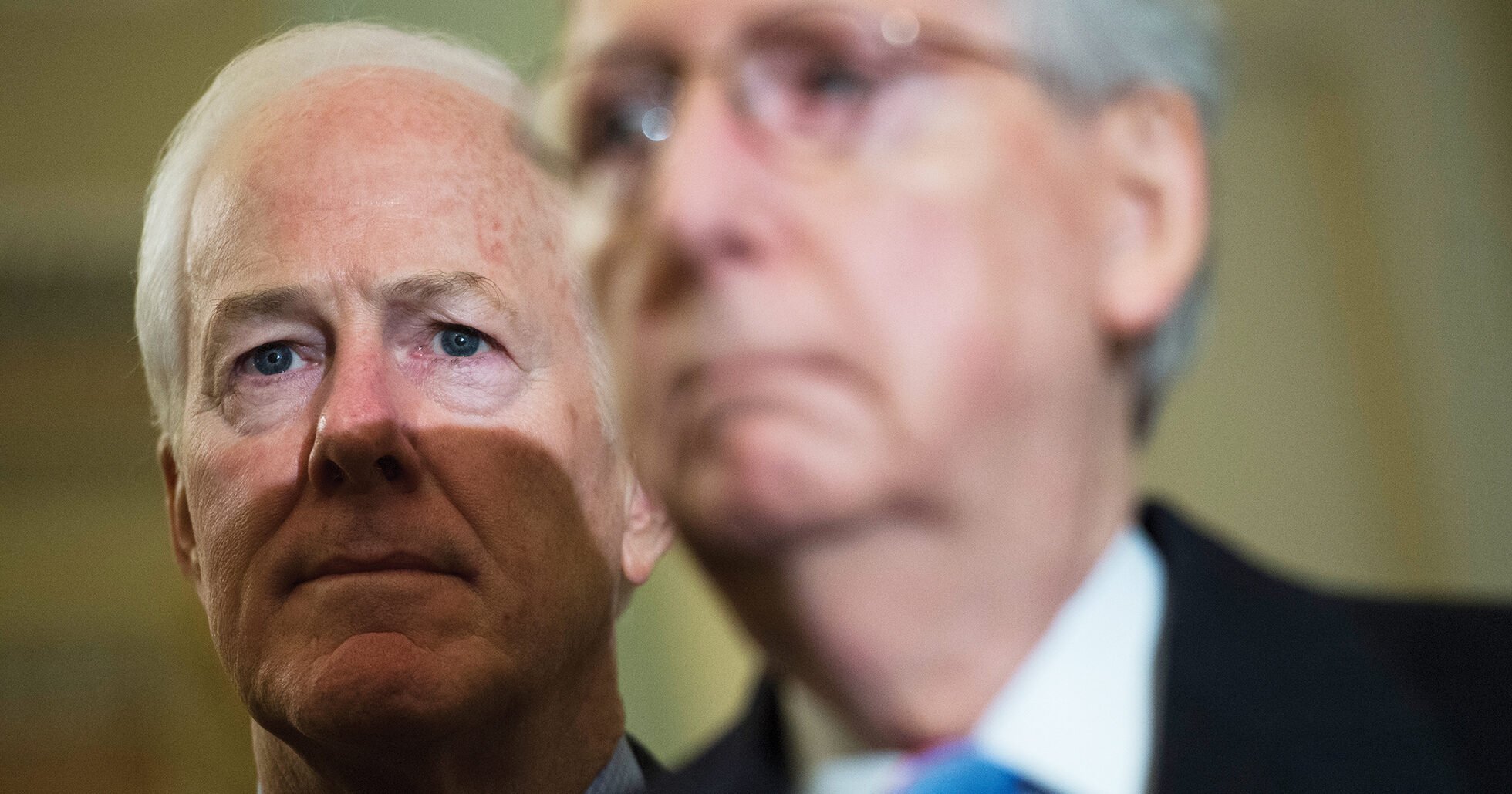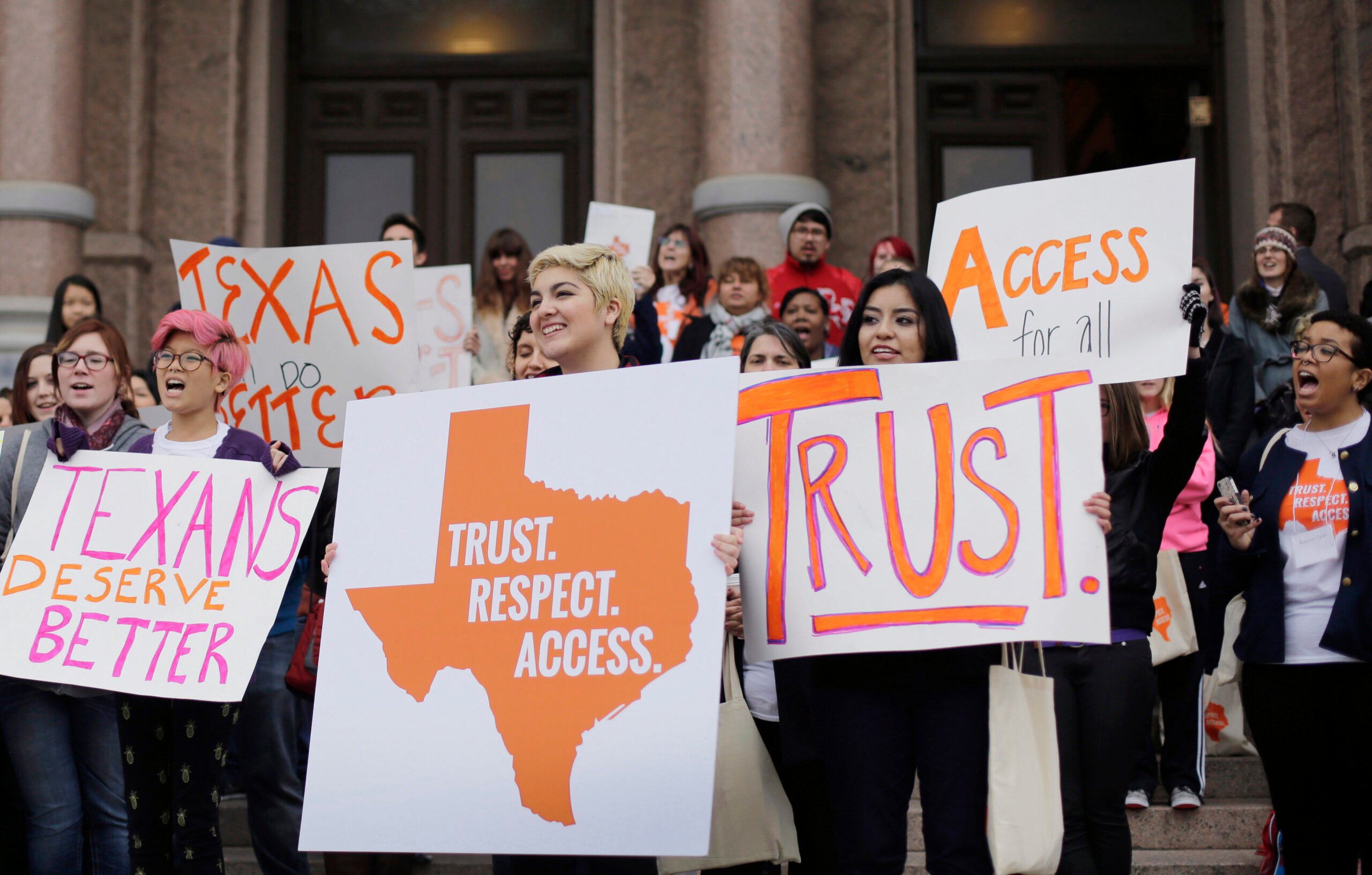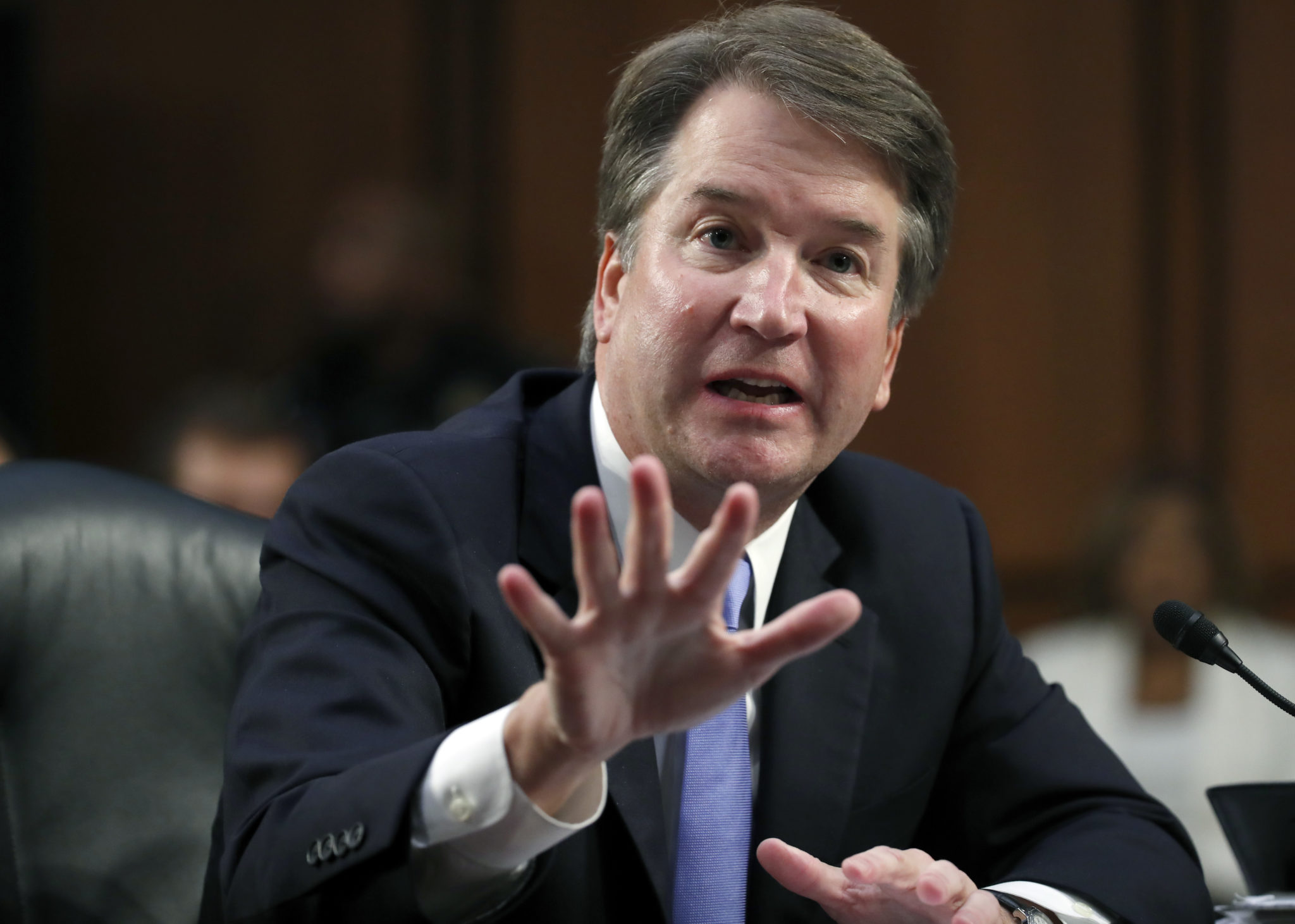
How Kavanaugh’s Supreme Court Appointment Would Affect Texans’ Air, Water and Land
The controversial Supreme Court nominee has a track record of siding with industry interests over environmental protections.

Above: Brett Kavanaugh testifies before the U.S. Senate Judiciary Committee.
Media attention has been riveted on U.S. Supreme Court nominee Brett Kavanaugh’s confirmation hearing in Washington, D.C., this week, from his dodgy answers on Roe v. Wade to Democrats’ attempts to delay his confirmation. But what has received less scrutiny is Kavanaugh’s record on the environment and how his appointment could affect millions of Americans’ quality of life.
Trump nominated Kavanaugh to replace Justice Anthony Kennedy, who, during his 30 years on the top bench, developed a reputation as a crucial swing vote and sided with the liberal wing of the court in many key environmental cases. Kavanaugh, however, leans more conservative and has a track record of favoring industry over environmental interests.
Legal analysts say Kavanaugh is deeply skeptical of the EPA and environmental agencies’ authority to regulate beyond the strict confines of the law. As a result, during his 12 years on the United States Court of Appeals for the District of Columbia Circuit, he butted heads with the Obama administration, which used regulations to expand the reach of decades-old environmental laws. Clean air and water supporters say Kavanaugh’s narrow view of executive authority limits agencies’ ability to conceive and implement effective regulations that reduce pollution.
“Global warming isn’t a blank check” for the president to regulate carbon emissions, Kavanaugh has said.
At the confirmation hearing on Wednesday, Kavanaugh claimed that he’d ruled both in favor of and against environmental interests. But environmental groups fear that he’d continue to put industry interests ahead of environmental protections. In statements released to the media, environmental groups claim a Justice Kavanaugh would be “bad news for public health” and “exceptionally bad” for the environment.
Once confirmed, Kavanaugh, 53, would have the authority to reshape environmental law for decades to come. Below, we break down how three key environmental issues he could rule on would affect Texans.
Endangered Species
When the justices return from recess on October 1, the very first case for which they’ll hear oral arguments concerns a Mississippi frog. Just 100 or so dusky gopher frogs still survive, and the U.S. Fish and Wildlife Service listed 1,500 acres of private land as critical habitat for the rare, warty species’ survival. The land, which the frog doesn’t currently inhabit, is worth up to $34 million; the listing hinders development on the property.
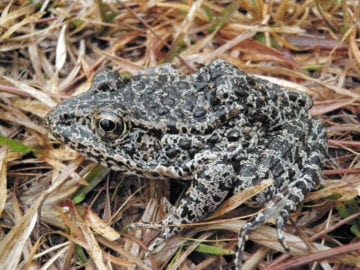
It’s the first time the Supreme Court has taken up an endangered species case in 10 years. If the court rules against the federal wildlife agency, it will limit the agency’s authority to list private property as critical habitat. That could have major implications for Texas — where 96 percent of land is privately owned — possibly reducing the habitat of threatened and endangered species like the lesser prairie chicken and the dunes sagebrush lizard. If Kavanaugh is confirmed in time, his first case could decide the fate of the frog and, in turn, influence critical habitat designations for a slew of rare critters.
Clean Air
Kavanaugh believes climate change is real and that humans have caused it, but he’s repeatedly argued that it’s up to Congress, not the executive branch, to address the issue. In 2016, when a lawsuit to kill the Clean Power Plan, the crown jewel in the Obama administration’s plans to cut carbon emissions, reached the D.C. circuit court, Kavanaugh ruled against the EPA, saying the agency had exceeded its authority. During oral arguments, he said “global warming isn’t a blank check” for the president to regulate carbon emissions. He made a similar argument when a rule limiting hydrofluorocarbon emissions, a potent driver of climate change, was brought before the D.C. appeals court.
In the last few years, Texas Attorney General Ken Paxton has led a number of lawsuits attacking Obama-era clean air protections. Most recently, Paxton challenged the Trump EPA’s decision to find San Antonio out of compliance with smog standards. For years, the city has flirted with exceeding the limit for ozone pollution, and this year the EPA found that it did not meet the clean air standard. Paxton sued the EPA, claiming the rule “would impose an unwarranted financial burden on the Texas economy with minimal, if any, public health benefit.” Nationally, the EPA has estimated that stricter smog regulations save thousands of lives and billions of dollars in health benefits.
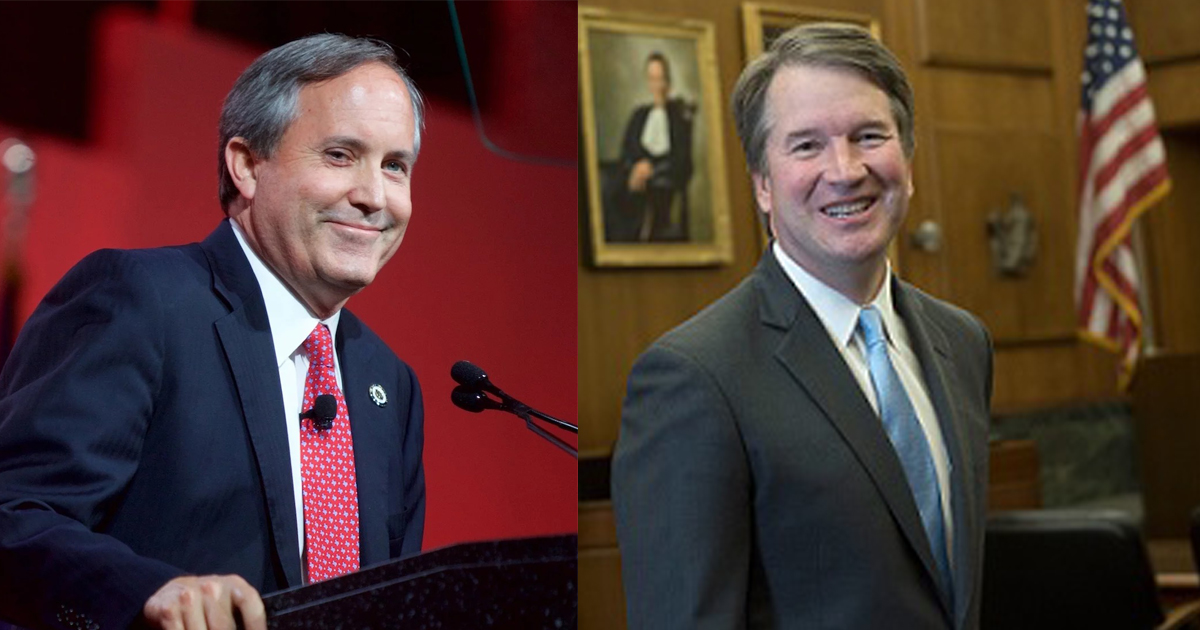
Eight other states have also sued the EPA over the rule. If the challenge makes its way to the Supreme Court, Kavanaugh could side with Paxton. While the Clean Power Plan and the smog rule are vastly different, among Kavanaugh’s chief disagreements with the Obama administration carbon rule was the regulatory costs. Kavanaugh claimed that the rule was expensive and that the agency should’ve taken the costs into consideration — a similar argument put forth by Paxton in the smog case.
Clean Water
The term “waters of the United States” repeatedly shows up in environmental regulations, but it’s always been poorly defined. What constitutes “waters of the United States” is crucial to understanding which bodies the EPA has the authority to regulate. Confusion over the term comes primarily from conflicting Supreme Court decisions in 2001 and 2006 rulings. The lack of clarity has worked to the advantage of polluters, with the EPA dropping hundreds of pollution cases because of jurisdictional uncertainty.
In 2015, the Obama administration released the Waters of the United States (WOTUS) rule, aiming to clarify which streams, wetlands and other bodies of water fall under its jurisdiction. But the agency faced immense opposition from the agriculture and ranching industry, which claimed the rule expanded the agency’s authority and would allow the EPA to regulate ditches and ponds on private farmland.
The rule has been blocked in several other states by district courts, but is still in effect in Texas. Last month Paxton asked a Texas federal court to expand the injunction to include Texas and “to provide much-needed consistency in the applicability of the WOTUS rule throughout the nation.” Ultimately, if the case finds its way to the Supreme Court, Paxton may find a sympathetic ear in Kavanaugh, who has previously ruled to limit EPA’s authority.
